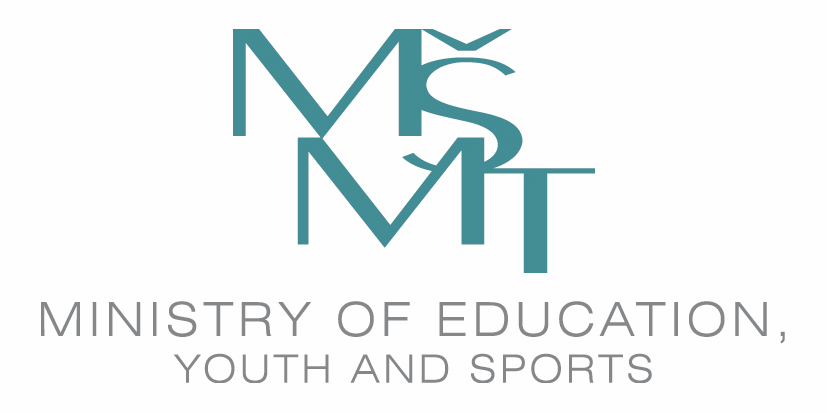- Indico style
- Indico style - inline minutes
- Indico style - numbered
- Indico style - numbered + minutes
- Indico Weeks View
[ONLINE] UrbanTEP: Data Exploitation with UrbanTEP for SDG Indicator Assessment and Monitoring
→
Europe/Prague
online
online
Description

Annotation
The Urban Thematic Exploitation Platform (UrbanTEP) represents an innovative and comprehensive system designed to address the complex challenges of urban development and monitoring using Earth observation data. At its core, UrbanTEP is a state-of-the-art platform that harnesses the power of satellite data, analytics, and advanced technologies to provide a specialized toolkit for urban planning, management, and decision-making.
Benefits for the attendees, what will they learn:
The event will demonstrate the capabilities of EO-based (Earth Observation) products for Sustainable Development Goals (SDG) monitoring, and the functionalities of the UrbanTEP platform to fully exploit the datasets relevant in the SDG context. Exemplary, the SDG 11 indicator processing and visualization will be introduced to the participants using World Settlement Footprint (WSF) suite data and other UrbanTEP services.
Level
Beginner
Language
English
Prerequisites
None. Materials and tools will be available to the participants via the UrbanTEP platform.

About the tutors
Václav Svatoň has a Ph.D. in Computer Science and over 10 years of experience with software design, development and testing. Since 2013, he has been a researcher at IT4Innovations National Supercomputing Center, where he currently acts as a senior researcher and the head of the research group focused on HPC integration (HPC-as-a-Service concept) and the development of decision support systems for crisis management. His professional and research activities are focused on high-performance computing, information retrieval, data processing, design and development of information systems and disaster management. He has several publications in international journals and conferences. Throughout his career, he has participated in several national and international projects in the private and public sector, where he mainly acts as a team leader, senior software engineer, and HPC integration specialist.
Tomáš Soukup received his MSc. in geodesy, cartography and GIS/RS at the Czech Technical University in Prague. He is a senior consultant in RS&GIS application in the domain of land monitoring. His key qualifications include spatial data integration & processing within the GIS environment, digital processing of satellite imagery and advanced GIS analysis and visualization. He focuses on the practical utilization of EO/GIS technology for various land management / environmental studies. He has long-term experience with project coordination & project management within an international team environment. He has been involved in multiple Copernicus land monitoring-related projects, and he is a member of the central CORINE Land Cover implementation team. He has collaborated with the EEA on various levels since 1998 (ETCs, other services), where he also contributed to the EEA LEAC framework and related indicators development (fragmentation by urban, urban sprawl). Tomas is currently active in data integration and analytical support in the urban development domain. He managed multiple service cases in the framework of the ESA support project to international institutions (banks, EEA) and lead the development of the PUMA platform under the World Bank Group assignment.¨
Dr. Pedro Gonçalves is an expert in the field of Earth Observation and cloud computing, and he will be one of the experts providing the tutorial. As the director of Terradue, a company he co-founded in 2006 as a spinoff of the European Space Agency, Pedro has played a pivotal role in driving the deployment of Earth Observation services into cloud platforms. At Terradue, Pedro leads the Strategy and International Relations, where he supports international organizations, research institutes, and commercial companies in leveraging new computational and data resources to enhance their Earth Observation services. With a wealth of experience participating in various European Commission and European Space Agency projects, Pedro and Terradue have established themselves as leaders in the provision of Earth Science Cloud Services. They are actively involved in developing innovative solutions that empower researchers to curate and deliver scientific information while also creating Cloud marketplaces for environmental data analytics. Pedro is an active member of the Open Geospatial Consortium (OGC), a renowned organization dedicated to promoting the interoperability of Earth Observation discovery and processing services. His involvement in the OGC reflects his commitment to advancing open standards and fostering collaboration within the Earth Observation community. Participants in the tutorial will benefit from Pedro's wealth of knowledge and experience in Earth Observation, and cloud computing, and his deep understanding of interoperability standards. His insights and guidance will provide valuable insights into leveraging the OGC Application Package and applying it effectively in various execution environments.
Acknowledgements
The authors would like to thank the European Space Agency (ESA) for funding the project Urban Thematic Exploitation Platform TEP Urban (ESRIN/Contract No. 4000113707/15/I-NB) as well as all pilot project partners and interested users for their dedication to actively support implementation and optimization of the platform. ESA also provided the CCI Land Cover data. This work was also supported by the Ministry of Education, Youth and Sports of the Czech Republic through the e-INFRA CZ (ID:90254). We acknowledge as well the data access of the Earth ObservationGroup–NOAA National Geophysical Data Center to their VIIRS nightlights product, SEDAC, CIESIN at ColumbiaUniversity for providing the GPWv4 product and Andy Tatem and the WorldPop group for providing their population distribution product.

This course was supported by the Ministry of Education, Youth and Sports of the Czech Republic through the e-INFRA CZ (ID:90254).
All presentations and educational materials of this course are provided under the Creative Commons Attribution-ShareAlike 4.0 International (CC BY-SA 4.0) license.
Surveys
Data Exploitation with UrbanTEP for SDG Indicator Assessment and Monitoring satisfaction survey
Support
